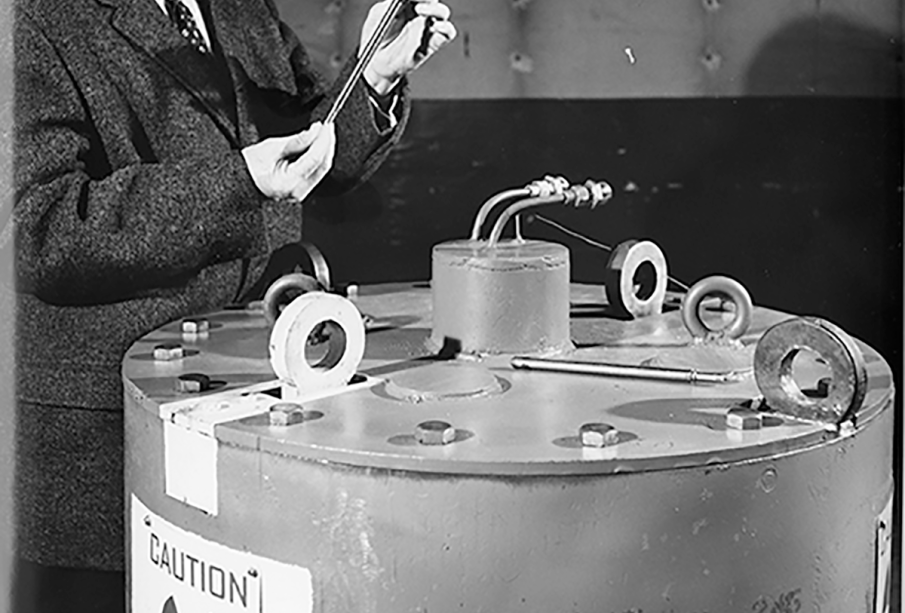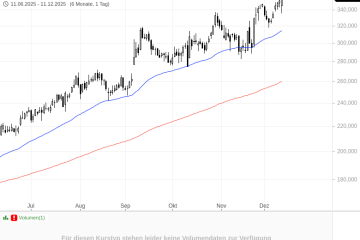The Rising Significance of Cobalt Holdings in Today’s Economy

Introduction to Cobalt Holdings
Cobalt holdings have emerged as a crucial topic in the global market, especially with the increasing demand for electric vehicles (EVs) and renewable energy technologies. Cobalt, a key component in lithium-ion batteries used in EVs, is increasingly relevant as countries aim for a green transition to combat climate change. As the automotive industry shifts towards sustainable solutions, the potential supply constraints and market dynamics of cobalt holdings warrant important discussion.
Current Market Trends
As of late 2023, the cobalt market has been undergoing significant changes. According to the International Energy Agency (IEA), cobalt demand is expected to rise sharply, reaching over 300,000 tonnes by 2030, driven primarily by the EV sector. However, supply has been uneven, with approximately 70% of the world’s cobalt sourced from the Democratic Republic of Congo (DRC), a region fraught with geopolitical risks and ethical concerns regarding mining practices.
These dynamics have sparked increased interest from investors and companies looking to secure cobalt supplies in a sustainable and responsible manner. Recent reports indicate that companies are actively engaging in initiatives to improve the transparency of their supply chains and reduce reliance on the DRC by exploring new mining opportunities in countries such as Canada and Australia.
Significance of Ethical Sourcing
The global push for ethical sourcing has led to increased scrutiny of how cobalt is mined. Supply chain transparency has become paramount, especially with recent allegations of human rights violations in cobalt mining in the DRC. As a response, several companies have joined initiatives like the Responsible Cobalt Initiative, aimed at ensuring better conditions and practices throughout the cobalt supply chain.
Industry players are also investing in recycling technologies that could help mitigate some of the supply pressures. Companies like Li-Cycle and Redwood Materials are pioneering efforts to recover cobalt from spent batteries, promising a more circular economy and reducing the dependency on newly mined cobalt.
Conclusion: Looking Ahead
The future of cobalt holdings appears to be one of opportunity balanced against challenges. As the demand for EVs and energy storage solutions continues to grow, it is vital for investors and consumers to remain informed about the complexities of cobalt sourcing. The importance of responsible practices cannot be overstated, as stakeholders will need to ensure that the transition to green technologies does not come at the cost of ethical concerns. Looking ahead, the ability to navigate these challenges will define the landscape of cobalt holdings and their role in a sustainable future.









